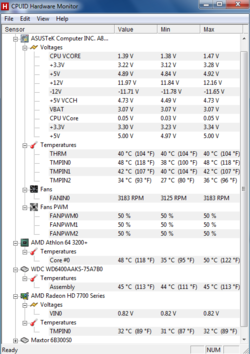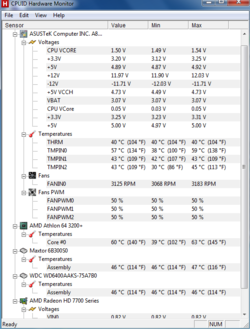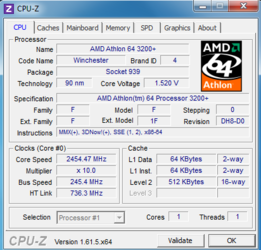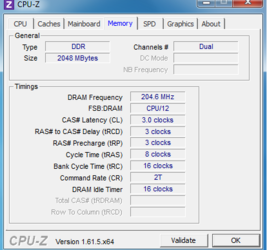Hy, everyone. I am fairly new to overclocking so if you could help me 
I've already oc'ed my cpu for 1o% (just pressed the auto oc in the bios)
The problem I have is that I don't know what values to change in bios.
Also I have stock cooling.
Here are the cpu z screens :





If needed I can go to bios and take a picture of it and than you can maybe tell me what values I should apply and to what I should aplly it.

I've already oc'ed my cpu for 1o% (just pressed the auto oc in the bios)
The problem I have is that I don't know what values to change in bios.
Also I have stock cooling.
Here are the cpu z screens :
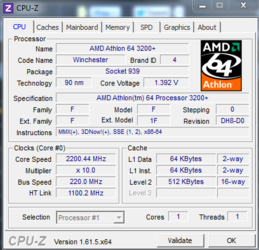
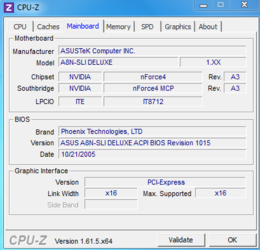
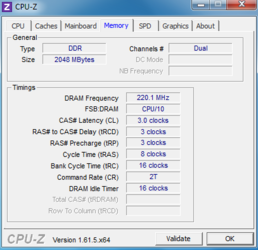
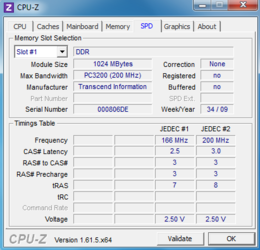
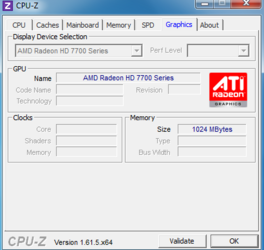
If needed I can go to bios and take a picture of it and than you can maybe tell me what values I should apply and to what I should aplly it.
